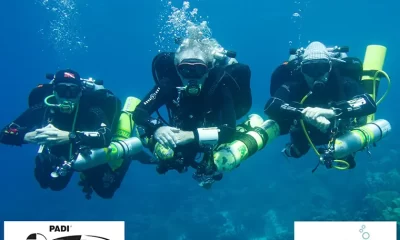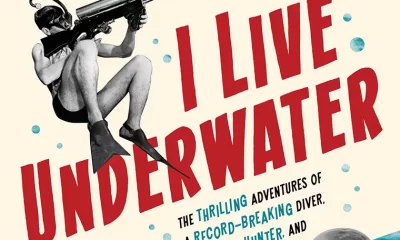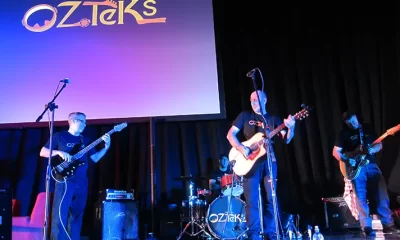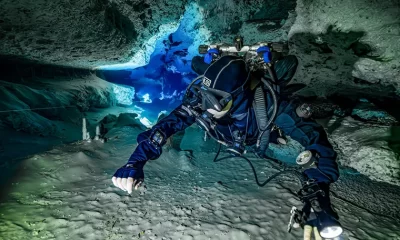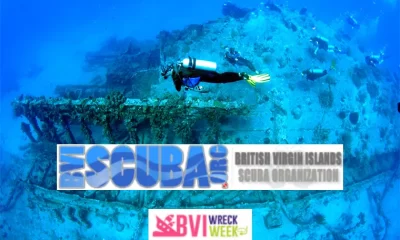News
Letter to the Editor: Regarding SEALAB lll

To the Editor:
I was eager to read InDEPTH’s article about Sealab III, “SEALAB lll (1969): The Divers’ Story,” in your September issue, written by Kevin Hardy, an accomplished ocean engineer with a longstanding interest in the three Sealab habitats of the 1960s. It’s an interest I share as the author of Sealab: America’s Forgotten Quest to Live and Work on the Ocean Floor (Simon & Schuster, 2012), which became the basis of the PBS documentary Sealab, a very informative hour-long overview of the program (currently streaming on Amazon Prime), with a lot of great archival footage.
Both the documentary and the book (especially Chapters 13 and 14, with their focus on Sealab III) could help InDEPTH readers better understand Hardy’s well-intentioned article, which gets into some pretty arcane stuff as Hardy seeks to present new evidence to show that aquanaut Berry Cannon’s death – a tragic turning point in the Sealab program – was caused by electrocution.
This possibility was raised but never seriously explored during the public proceedings of the Navy’s Board of Investigation, as it was called, a sort of courtroom-meets-boardroom hybrid that included testimony from a variety of Sealab participants. Fourteen lengthy days of hearings were held in early 1969; the three-member board then took about a month to produce its findings, as explained in my book.

The board essentially endorsed the theory that Cannon died from carbon dioxide poisoning because of a faulty re-breathing rig, a story Hardy tells that’s been told in various ways elsewhere: Cannon’s breathing apparatus, known as the Mark IX, was apparently missing its essential CO2 absorbent.
That theory always had a number of holes in it, so I was glad to get to the section of Hardy’s article where he says he’s going to “tell a different story—a fuller and more complete story—than we’ve heard until this accounting of facts,” an accounting he likens to “an alternate camera angle on a contested football play.” To which I found myself saying: “Bravo!”
I hoped for the kind of clarity that the physicist Richard Feynman brought to the investigation of the Challenger disaster, with his striking revelation about the ill-fated space shuttle’s O-rings. But instead I read this:
“We know the pieces. Some conjecture ties them together.”
Conjecture is not new evidence — but even a fresh angle on the known pieces could be enlightening. Unfortunately I found Hardy’s camera angle to be fuzzy, with a lot of familiar hypotheticals about what Cannon may have been doing in the moments leading up to his fatal accident.
Indeed Hardy’s key piece of evidence for electrocution over CO2 poisoning seems to be the same one that’s in my book: the two aquanauts in a nearby personnel transfer capsule said they heard a scream from in the water, outside the confines of their dry, pressurized spherical steel capsule, with its open hatch in the floor. A scream would presumably be a much more likely reaction to a sudden electrical shock than to a surreptitious poisoning from a buildup of CO2.
In Hardy’s spirit of telling “The Divers’ Story,” I feel obliged to point out something I’m certain that aquanaut Bob Barth himself would see as a significant error in the section “Dive 2,” in which Hardy writes: “Barth requested that the other two divers (Blackburn and Reaves) go out, as he and Cannon were still quite cold. This request was denied by Tomsky.”
Based on my research, including extensive interviews with Barth and Blackburn, I wrote: “Barth assured Mazzone and the topside commanders that his group was in good physical and mental shape. There was no reason to change horses in midstream, as Barth put it. He and Cannon were ready to make the opening dive again” (Sealab, p. 179). Barth died March 26, 2020.
Calling for an official Navy exoneration of P.A. Wells, Hardy’s other emphasis, is understandable, even laudable. I make it clear in my book that none of P.A.’s fellow aquanauts thought it was right to blame him for Cannon’s CO2 poisoning, as Hardy reiterates.
I should perhaps add that I very much wanted to give P.A. the opportunity to tell his story and help set the Sealab III record straight — or straighter, journalism being more art than science.
But he declined several requests for an interview, as noted in my book, including one I made from the entrance to his gated mobile home park in Panama City – a definite disappointment to me, and to others in the program, who knew and cared about P.A. and his legacy. But the choice was P.A.’s to make. I at least had P.A.’s testimony from the record of the board proceedings, but it’s fair to say that there’s still room for a new and improved explanation of what actually happened to Berry Cannon. I was sorry not to find it in Hardy’s article.
– Ben Hellwarth
DIVE DEEPER
InDEPTH: SEALAB III (1969): The Divers’ Story by Kevin Hardy
InDEPTH: Remembering Sealab I by Ben Hellwarth
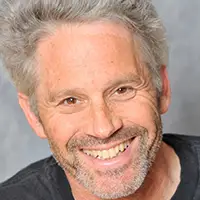
Journalist Ben Hellwarth is the author of Sealab: America’s Forgotten Quest to Live and Work on the Ocean Floor(Simon & Schuster, 2012), which became the basis of a PBS documentary, also called Sealab, currently streaming on Amazon Prime and available on DVD. Find him at: http://benhellwarth.com/


















